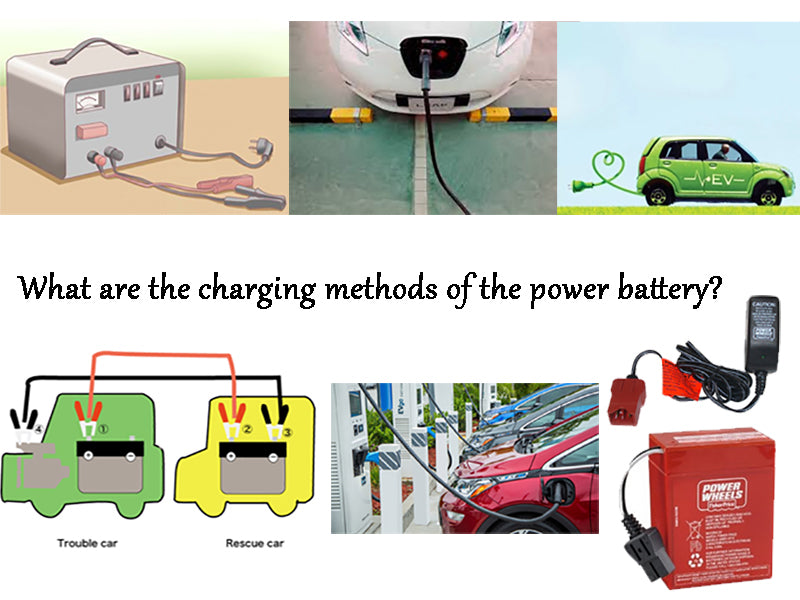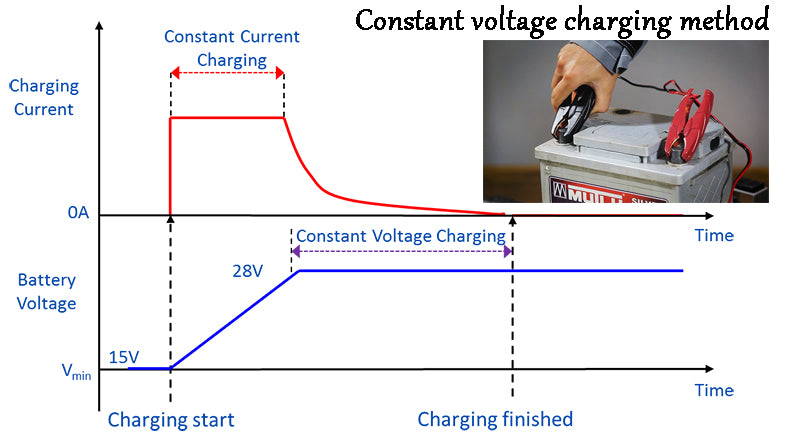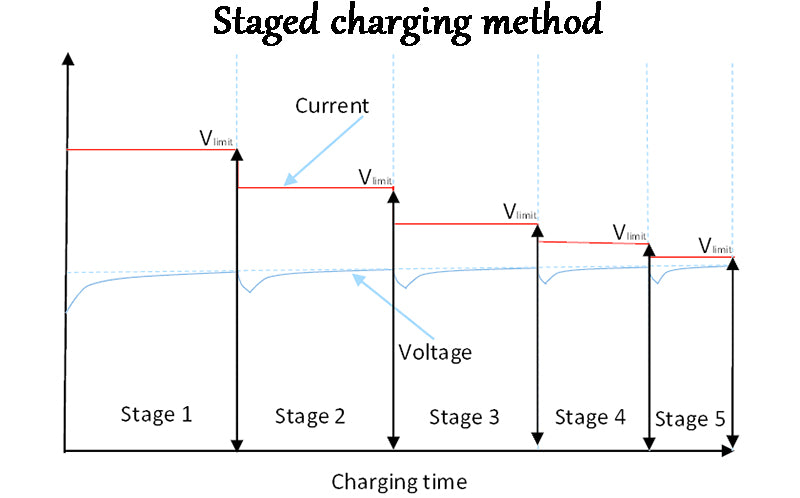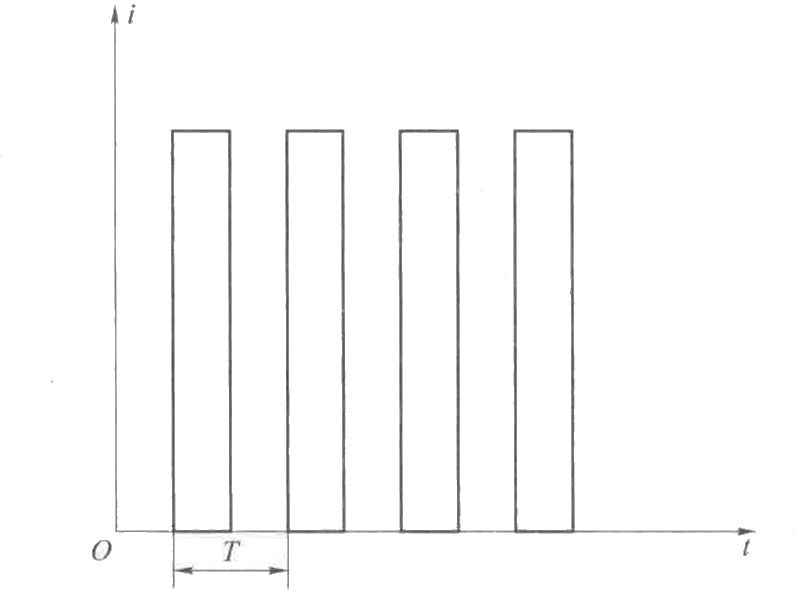
main content:
The on-board charger can use a variety of methods to charge the battery, mainly including constant voltage charging method, constant current charging method segment charging method, pulse charging method and positive and negative pulse charging method.
1. Constant voltage charging method

The voltage and current curves of the constant voltage charging method are shown in Figure 1. During the entire charging time, the voltage of the charger remains unchanged. In the early stage of charging, due to the low electromotive force of the battery, a large charging current will be generated. During the charging process, the charging current will gradually decrease with the increase of the battery terminal voltage. The control of the constant voltage charging method is relatively simple, but the large current in the early stage of charging may seriously affect the service life of the battery.

Figure 1 Constant voltage charging method
2. Constant current charging method

The voltage and current curves of the constant current charging method are shown in Figure 2. The control method of the constant current charging method is relatively simple, that is, the charging current is kept unchanged during the charging process, and the charging process is carried out by adjusting the voltage output of the charger. control. As the charging process progresses, the charging voltage will gradually increase. When the battery voltage reaches a certain value, it is considered that the battery is fully charged and the charging process ends. Considering that the battery's ability to withstand current gradually decreases with the increase of charging time, in the later stage of charging, the originally constant charging current will be enlarged relative to the gradually reduced bearing capacity of the battery, which is not conducive to the use and maintenance of the battery.

Figure 2 Constant current charging method
3. Staged charging method

The staged charging method can be further divided into two types: two-stage charging method and three-stage charging method. The two-stage charging method adopts constant current mode and constant voltage mode to achieve the purpose of fast charging. After the charging starts, it is firstly charged in a constant current mode, and when the terminal voltage of the battery reaches a certain value, it is switched to constant voltage charging until the charging process is completed. Two-stage charging technology has developed rapidly in recent years. By maximizing the chemical reaction of the battery, reducing the polarization of the positive and negative plates of the battery, and reducing the time for the battery to be fully charged, the charging efficiency of the battery is improved.
The three-stage charging rule is to use constant current charging at the beginning and end of charging, and use constant voltage charging in the middle stage. When the current decays to a predetermined value, it switches from the second stage to the third stage. This method can greatly reduce the polarization of the battery plates, but the charging speed will be limited. The current and voltage curves of the three-stage charging method are shown in Figure 3.

Figure 3 Three-stage charging method
4.Pulse charging method

The current curve of the pulse charging method is shown in Figure 4. The pulsed charging method uses pulsed current to cycle and intermittently charge the battery at certain intervals. During the charging process, the battery is charged by the pulse. During the period of no pulse current, a chemical reaction occurs inside the battery, which can eliminate the polarization phenomenon and reduce the internal pressure of the battery, so that the battery can be charged more smoothly, so that the charge is absorbed by the battery. The pulse charging method increases the time of the internal chemical reaction of the battery, which can further improve the charging current acceptance rate of the battery, thereby eliminating the limitation of the battery charging index acceptance curve. Therefore, it is better than the previous charging methods, and it is also a new direction for the development of battery charging theory.

Figure 4 Pulse charging method
5.Positive and negative pulse charging method

The current curve of the positive and negative pulse charging method is shown in Figure 5. In the positive and negative pulse charging method, in each charging cycle, the battery goes through three stages of positive pulse charging, negative pulse discharge and no pulse. A large constant positive pulse current charges the battery, and then a constant negative pulse current with a larger amplitude but a duration shorter than the positive pulse is applied to the battery, and then the pulse is stopped, and the battery pulses stop during the intermittent period of self-recovery. The negative pulse can discharge the battery, reduce its polarization phenomenon, and promote the absorption of thermal energy at the same time, which can improve the stable value of the battery's acceptable charging current while speeding up the charging speed.

Figure 5 Positive and negative pulse charging method